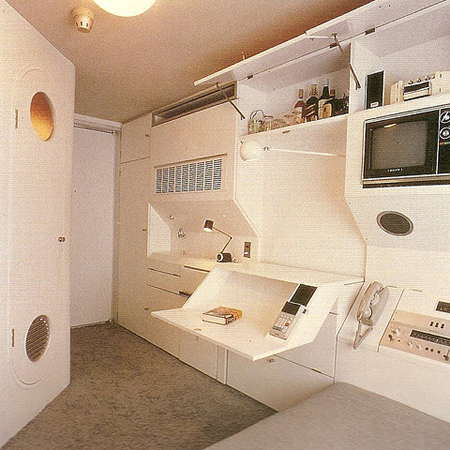
Follow up on Jakub’s 1970’s Shopping Malls – check out this apartment! Love the built-in calculator.
Further reading: Nakagin Capsule Tower on Wikipedia (Thanks keoshi)

Follow up on Jakub’s 1970’s Shopping Malls – check out this apartment! Love the built-in calculator.
Further reading: Nakagin Capsule Tower on Wikipedia (Thanks keoshi)
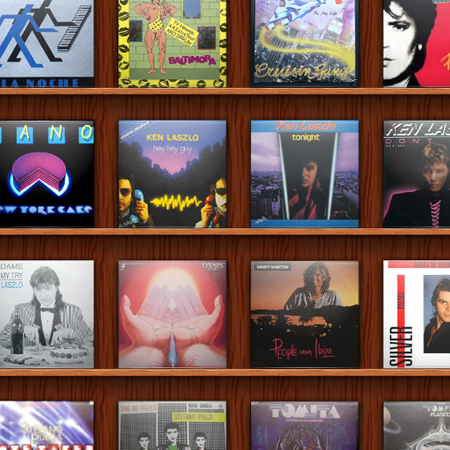
So, I’m sure most of you have heard of Delicious Library already, but the mastermind Wil Shipley released the iPhone companion this morning (iTunes link), along with v2.1.
Delicious Library has a lot of neat features that I simply don’t use, but the best use I’ve found for it so far is cataloging your vinyl collection. Unfortunately you have to manually enter everything, as well as find the album art yourself… but it’s really handy to have your collection in a lusciously designed searchable beast in your pocket.
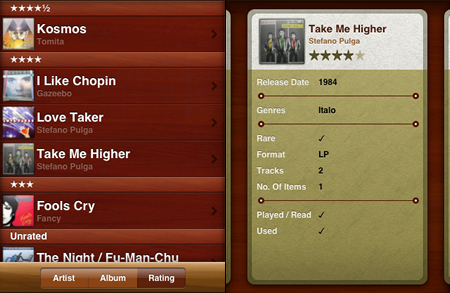
It’s $40, but the demo let’s you add 25 items so you can play. The iPhone app is free.
Also, be sure to check out this fun stop-motion video introducing the iPhone app.
In 1956, György Ligeti composed an amazing electronic piece called “Artikulation”.
In 1970’s, Rainer Wehinger created a visual map to the recordings. Some awesome guy out there scanned the images and synced them with the audio. Thanks, guy!
httpv://www.youtube.com/watch?v=71hNl_skTZQ
More info:
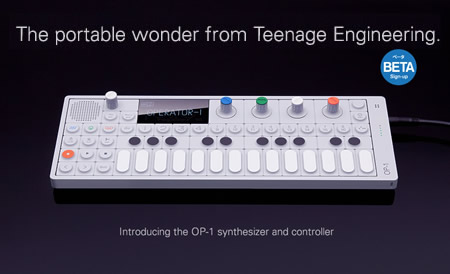
This thing’s gonna change everything. The new Operator 1 (OP-1) from Teenage Engineering truly shows how beautiful synthesis can be (though the Buchla 200e definitely has some chips in the pile).
A hybrid digital synthesizer and MIDI controller with enough features to question if this thing is even real.
8 synthesizer models (FM, Virtual Analog, String, +), 8 samplers, on board effects, OLED display, battery powered, built in microphone, FM radio, built in speaker, mp3 export, and a sequencer so cool – it’s still “secret”.
ETA: 10-12 months. Price TBA.
More info here: http://teenageengineering.com/products/op-1/

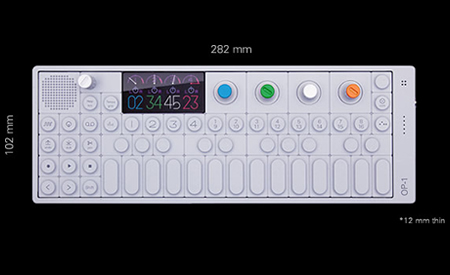
httpv://www.youtube.com/watch?v=ZTtXBRCXTKk

Where do I even begin? Alan Parsons is beyond epic. He never leaves my turntable, car, or iTunes playlists. Always on repeat.
At 18, Alan had his hands on the Abbey Road tapes while working at Abbey Road Studios, and shortly thereafter engineered The Dark Side of the Moon. This guy was a machine.
Pyramid is my favorite release of the group, though AllMusic calls it “average,” and claims that isn’t a necessity. Shame on them.
Which one is your favorite release?
[audio:the_alan_parsons_project-what_goes_up.mp3] [audio:the_alan_parsons_project-hyper_gamma_spaces.mp3]A semi-related treat:
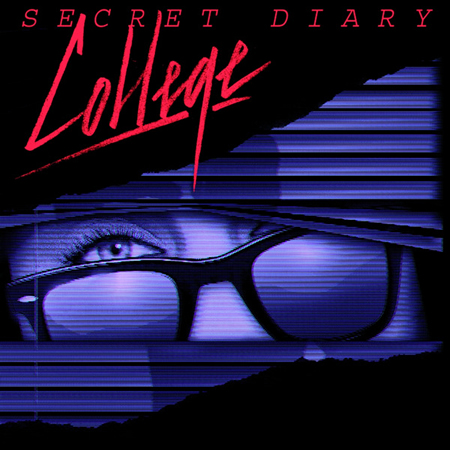
Well, I’ve been hyper-busy getting ready for the big move to California, so sorry for the lack of posting!
In my absence, I totally missed the release of College’s Secret Diary. The Teenage Color EP was great, but it lacked a little something. . . something to make it memorable. Secret Diary takes over and delivers just that. Great release.
[audio:college-the_energy_story.mp3] [audio:college-i_need_a_better_engine.mp3]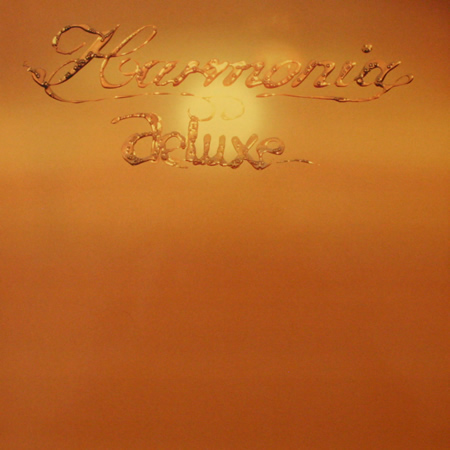
Mmm, some more Michael Rother for you.
This is Harmonia’s second release just before Rother hit the studio to record NEU!’s ’75. Brian Eno joined them for their next release (Tracks and Traces (1976)).
Harmonia’s lineup was a match made in heaven: a perfect mixture of NEU! (Rother) and Cluster (Moebius and Roedelius). Wikipedia references them as a “Krautrock supergroup,” and quotes Eno as saying that they are “the world’s most important rock band.”
Deluxe was a departure from the trio’s first release Musik Von Harmonia (1975). It’s much more of a solid sound with smoother melodies.
It’s a long track (9:43), but definitely worth the full listen, as they fit quite a few movements into it.
[audio:harmonia-immer_wieder.mp3]See also:

Here’s a little New Romanticism for you, coming from the source: Richard Burgess.
Two years before this album was released, Richard teamed up with Dave Simmons to invent the Simmons SDS-V drum machine (you all know it). This was the first commercially available electronic drum kit.
This is Landscape’s second full-length, titled “From the Tea-rooms of Mars… to the Hell-holes of Uranus,” produced by Richard. This album is most known for its hits: “Einstein A Go-Go” and “Norman Bates.” I stumbled across this, and I just can’t get enough of this track.
After this release, Richard Burgess went on to produce Spandau Ballet’s Journeys to Glory and Diamond, along with countless other albums, including one of my faves: New Edition.
[audio:landscape_shake-the-west-awake.mp3]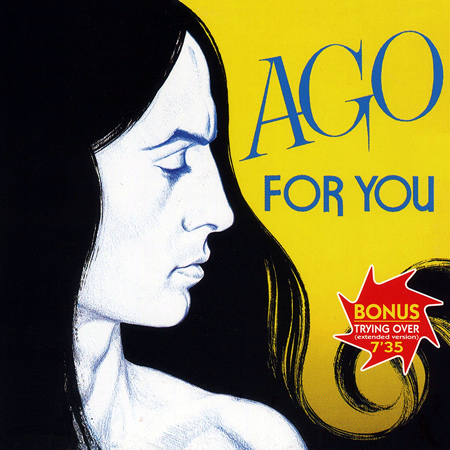
This has yet to leave my car the entire summer. Another friendly company re-pressed this for CD, possibly saving it from extinction.
Good summer-time Italo.
I wish I had more information than this, so if you have any, please leave it in the comments!
[audio:ago-trying_over.mp3] [audio:ago-you_make_me_do.mp3]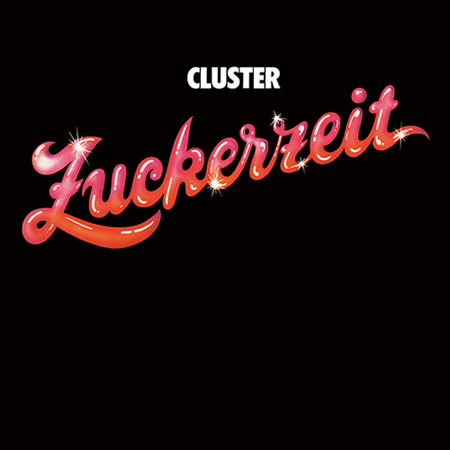
I might have to put this at album #2 right behind New Age of Earth. Unfortunately, I don’t have an original pressing, but the 180g re-press sounds great.
Cluster (then Kluster) was formed by Dieter Moebius, Hans-Joachim Roedelius, and Conrad Schnitzler in 1969. Schnitzler had recorded Tangerine Dream’s debut Electronic Meditation just two months before Kluster’s debut Klopfzeichen.
After Schnitzler’s departure three albums later, Moebius and Roedelius renamed the group Cluster and continued recording starting with Cluster (aka Cluster ’71), and following that Cluster II.
A year before Zuckerzeit, Moebius and Roedelius joined up with Michael Rother of NEU! and released two albums under the name Harmonia (which I will be posting very soon). After Rother left Harmonia, Moebius and Roedelius went back in the studio to record Zuckerzeit, and if you listen to Cluster’s previous releases, you can hear Rother’s influence practically bleeding through the tracks. Mmm!
Zuckerzeit has a very interesting structure. Each track was written solely by either Moebius or Roedelius and, except one track, cycles between the two. It gives a very interesting mixture of light and fluffy to a much more experimental noise-centric sound. I tend to like Roedelius’s tracks much more, but “Caramel” is the exception.
[audio:cluster-hollywood.mp3]